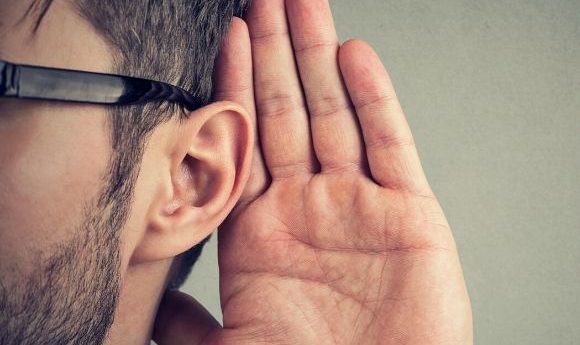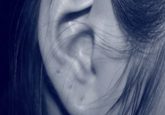Did you hear? New research may lead to clinical test for hidden hearing loss

Researchers have identified two novel biomarkers for measuring our ability to follow conversations in noisy environments, which may inform future clinical tests for hidden hearing loss.
Hearing loss affects around 48 million Americans, with many reporting the first symptom as a loss in the ability to follow a single speaker in a noisy environment. Despite this, conventional hearing tests struggle to detect hearing loss at the conversational level, meaning many sufferers go undiagnosed.
Now, a team led by Massachusetts Eye and Ear Infirmary researchers (USA) has identified two biomarkers that may explain why an individual with normal hearing could struggle to follow conversations in loud environments. These biomarkers could pave the way towards clinical testing for hidden hearing loss, which currently cannot be measured using standard hearing exams.
“Between the increased use of personal listening devices or the simple fact that the world is a much noisier place than it used to be, patients are reporting as early as middle age that they are struggling to follow conversations in the workplace and in social settings, where other people are also speaking in the background,” remarked study senior author Daniel Polley (Massachusetts Eye and Ear Infirmary). “Current clinical testing can’t pick up what’s going wrong with this very common problem.”
In the study, published recently in eLife, the authors first examined over 100,000 patient records from the Massachusetts Eye and Ear Infirmary’s audiology database. They discovered that around 10% of patients who presented with complaints about hearing difficulties were found to be in good health, according the auditory tests conducted.
Blocking out the background noise: how our brains focus in on important sonic information
Researchers uncover the neural pathways in mouse brains that allow them to ignore the sound of their own footsteps, indicating processes by which we develop speech and musical ability.
Since common hearing tests are not designed to detect problems related to understanding speech in real-world environments, the researchers developed two sets of tests that would reflect the issues of diagnosing hidden hearing loss. The researchers then recruited 23 young or middle-aged participants with clinically normal hearing to undergo these tests.
One such test involved recording how intensively the participant needed to focus on a conversation in a noisy environment by measuring changes in the pupil diameter with specialized glasses. The other test measured EEG signals from the surface of the ear canal to determine the participants’ ability to detect subtle changes in frequency.
The researchers discovered, as expected, that despite all participants having clinically healthy hearing, their ability to follow conversations with other distracting voices varied considerably. The tests the authors developed allowed them to identify participants who likely struggled with hidden hearing loss.
These results suggest that incorporating these biomarkers into clinical hearing tests could be successful in diagnosing hidden hearing disorders. The identified biological and behavioral markers would be relatively easy to incorporate into clinical tests and could help health providers to understand, treat and monitor these hearing difficulties.
“Speech is one of the most complex sounds that we need to make sense of,” Polley commented. “If our ability to converse in social settings is part of our hearing health, then the tests that are used have to go beyond the very first stages of hearing and more directly measure auditory processing in the brain.”






